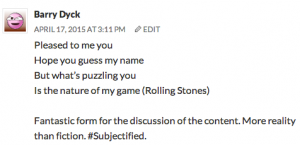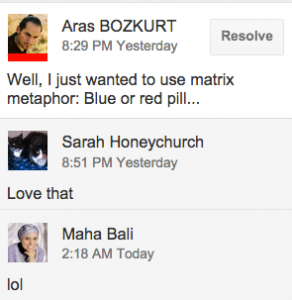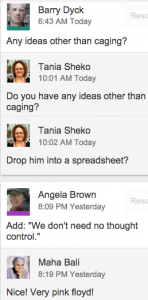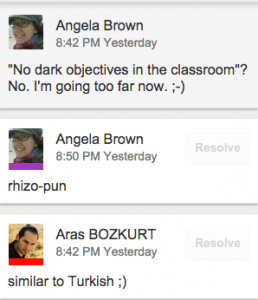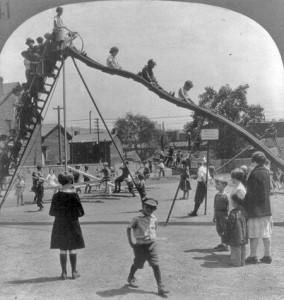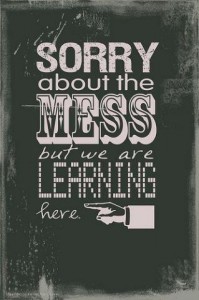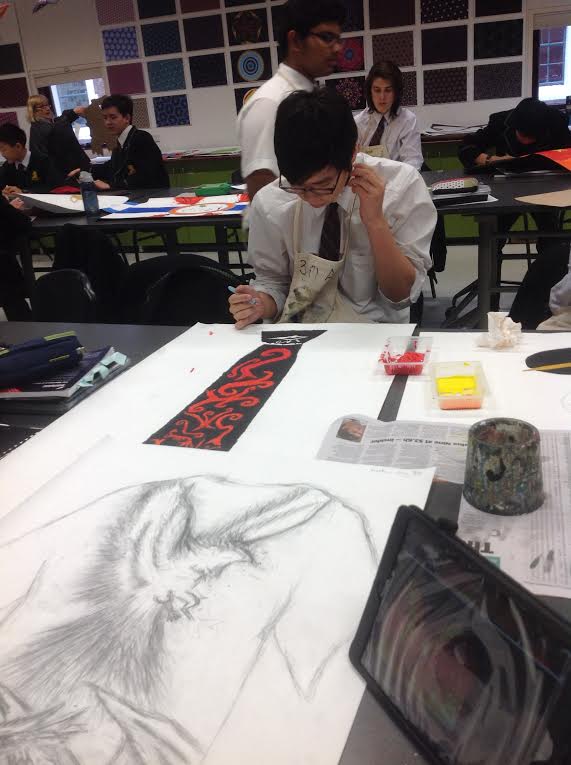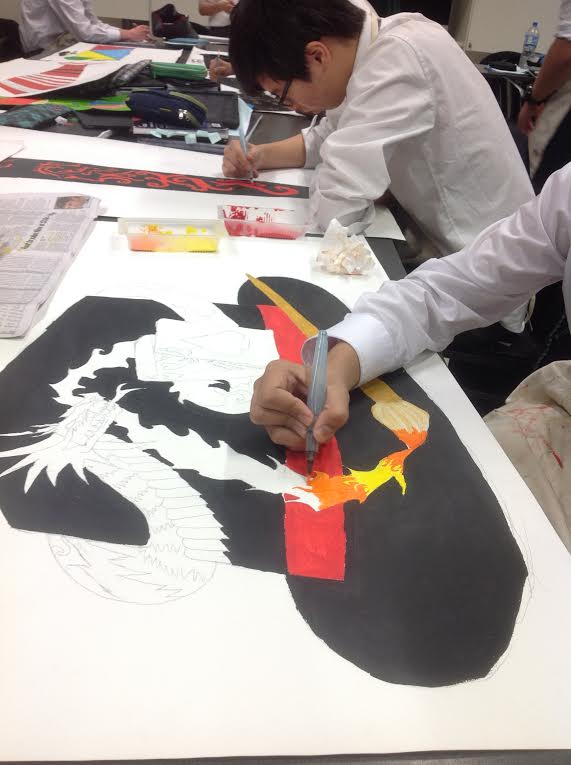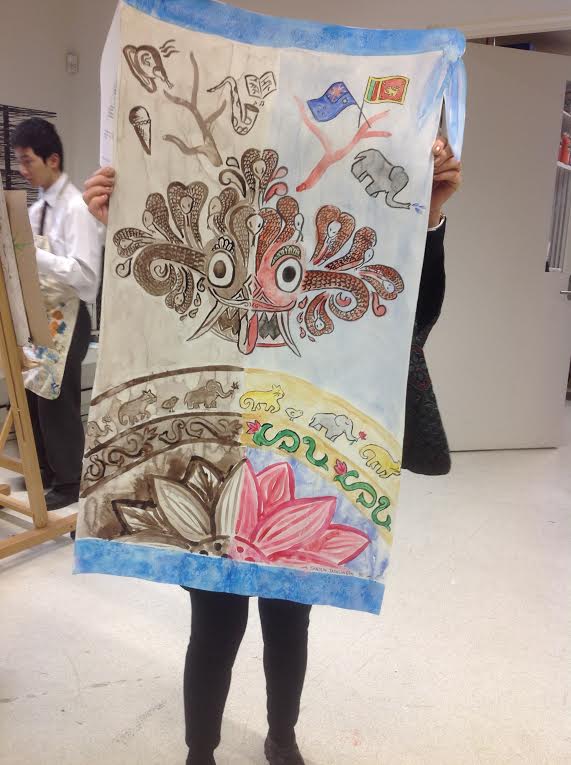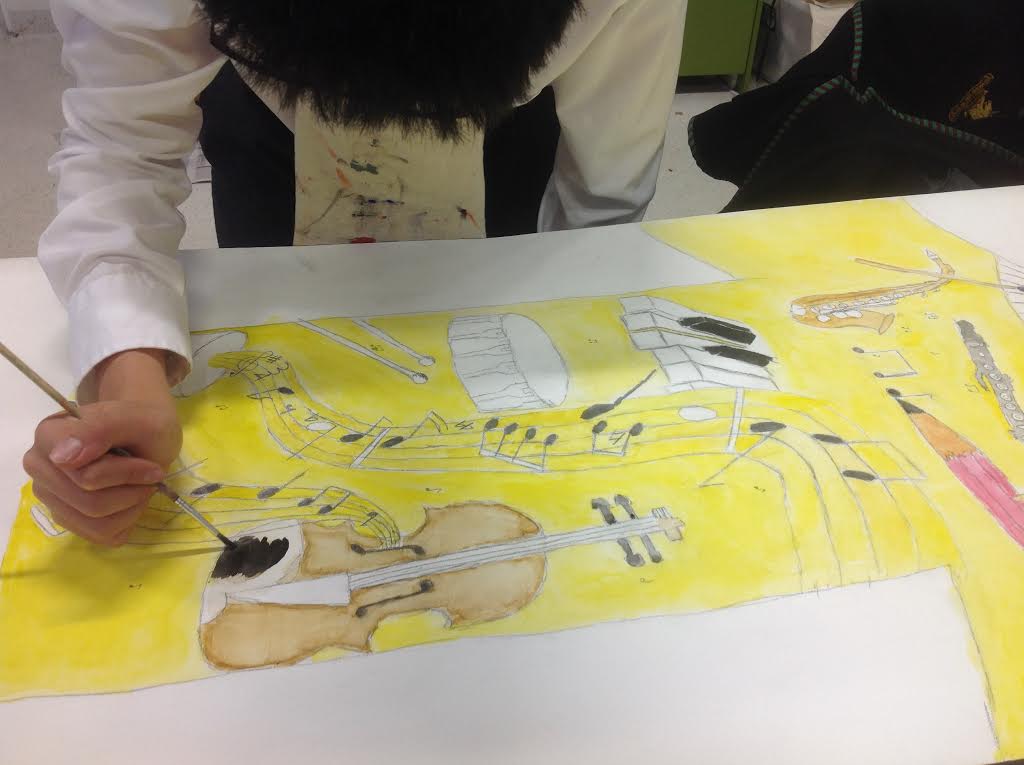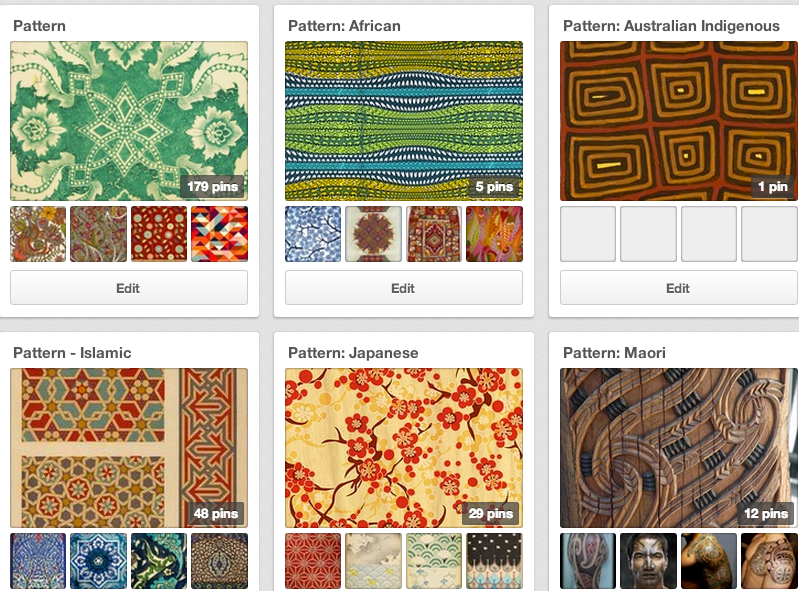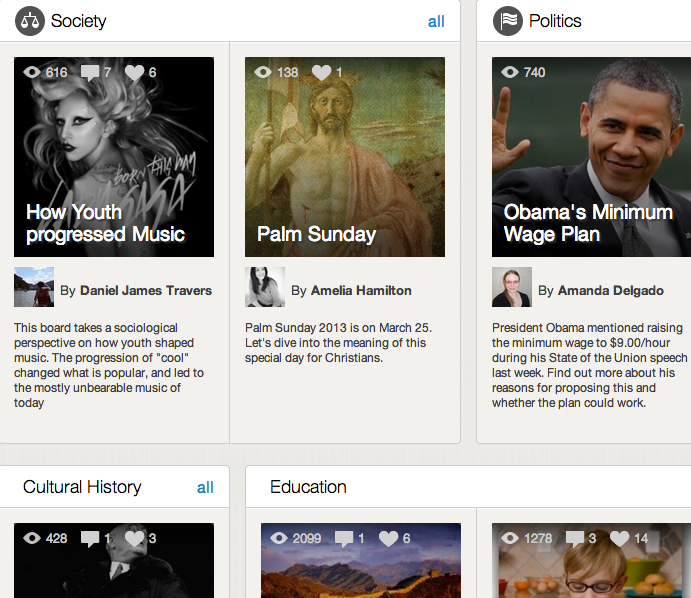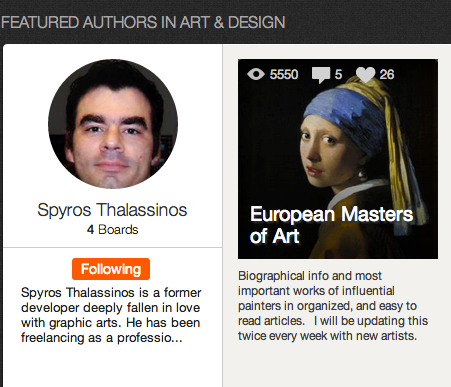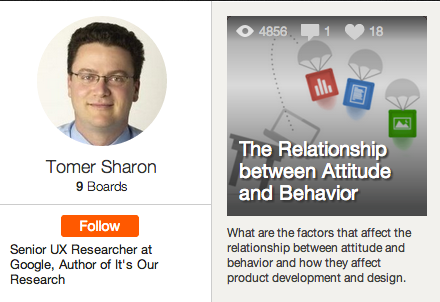My role as teacher librarian is like plasticine. I rarely try to explain what it is because it’s different for every TL and different for me from day to day, and so it’s complicated and nobody wants a long-winded answer.
Broadly speaking my role is to support and enhance teaching and learning in the school, or more correctly, to support students and teachers and enhance what they do, because it’s not a program, it’s a human to human interaction.
When I collaborate with teachers, it is different for each collaboration. That’s obviously the same for every TL. I might have an idea, a vision, but I need to start from where they are, from what they are doing and from what they want to do. Conversation is absolutely the most crucial first thing with a lot of listening from me. And then questions to clarify my understanding.
I realise that I should remain as open as possible to the the way this collaboration might go because that’s the only way a true collaboration can work, and the only way we leave room for the best possible work to happen.
Recently I asked permission from an English teacher to sit in on one class – it was a year 10 English class – on a regular basis. I wasn’t sure how to explain it to her, but I knew that I wanted to be there to observe her and her students, to see the teaching and learning processes, to understand her teaching style and see the content and skills being taught.
Often teacher librarians do one-off lessons, sometimes without knowing the names of most of the students, not knowing anything about them. Typically we perform a specific job eg we help students with their research process in one of their assignments. I call this a performance. We often feel put under pressure to perform well because this might be the only time we see these students all term or even all year, or else we don’t want to disappoint teachers in case they don’t ask us back. The pitfall is if we try to cram skills and content in a way that is often doomed to fail. Maybe fail is a harsh word, but it’s our only chance to make a difference, to prove ourselves, to convince students and teachers that what we do is valuable.
I believe that real teaching and learning is possible only when there is a developing human relationship between students and teachers. How is this possible in a short one-lesson performance? I don’t think it is. And so teacher librarians are often trying to brainstorm ideas which will enable a more organic relationship with teachers and students in the classroom.
Back to the English teacher – I did feel a little odd just sitting there in the first couple of classes, doing nothing but taking notes. I wasn’t sure at this stage what I would do with these notes if anything at all but I just kept taking them in the hope that something would be revealed to me. Although I knew the students were studying poetry, I knew that the exact shape of the learning in that room was as yet unwritten.
A class is a process, an independent organism with its own goals and dynamics. It is always something more than even the most imaginative lesson plan can predict.
Thomas P. Kasulis (Source)
Eventually I decided to quietly create a blog and just add them there. There were three posts for three lessons and I added a couple of images and a video. The students are reading poetry and going through the process of annotating the poems and constructing their understanding together, guided by the teacher.
I wasn’t sure what the teacher would think of the blog – which I started without asking permission, but only as an experiment – like throwing some lines onto a page, just testing possibilities. I emailed the link to her and her response was positive. She remarked on the value of the audiovisual aspect. Blogging does work even just for the documentation of what happens in class. It’s neat, sequential, easy to add images/videos, and is an excellent archive.
This is a good start, I think. Good to show rather than tell and wait for the confirmation. There’s so much more to blogging but better to wait and let it unfold. Best to take the cue from the teacher. Patience and communication will hopefully lead the way to a fruitful collaboration.
When I read ‘leading from the margins’, without knowing the context, I thought to myself ‘that’s what I’m doing – I think’. Hope I’m not being presumptuous. I’m trying to shift things in small ways and I’m doing this not from any position of importance or power but just from a quiet, unremarkable place.
Someone might ask: Is what you’re doing, strictly speaking, the role of a teacher librarian? I hear that voice in my head sometimes. Should I really spend time ‘sitting’ and waiting for something I know not in advance to start stirring that will inform my collaboration in this class?
Collaboration is a good thing, yes? A lone teacher can do a great job but out of class teachers communicate with their colleagues. There is nothing odd about two people in the classroom although I can see how habitual ownership of the class by one teacher can result in rigidity. I bring to the collaboration a passion for connecting students with each other and beyond the classroom. A blog can make that happen. Firstly it allows a student to connect with himself, to write out his thoughts and construct his understanding. The blog follows the development of this process and archives it, allowing retrospective reading. A blog is a published writing platform and invites readers. Suddenly the student is not just writing for the teacher in order to receive corrections and marks, but has a reading audience. At the very least the readership of his classmates. And beyond that the possibilities of interaction beyond the classroom.
I’ve been blogging for over 8 years and connecting to people across the world – people who share my interests and love of learning together – so I understand what’s possible. Talking about it usually doesn’t win teachers over but showing what’s possible and going slowly will have a better chance. I hope.
I’m leading from the margins and that’s okay.
Of course Sean Michael Morris and Jesse Stommel’s slideshare includes heaps more than I’ve touched on here, so take a look at it.




